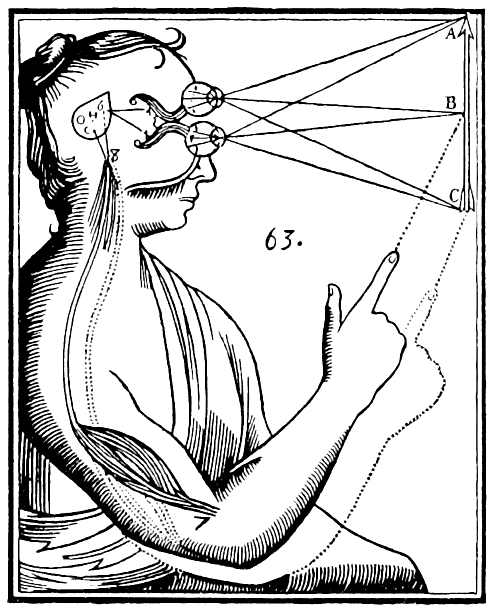

Arts Education
Administrators Survey
Students are challenged throughout their academic endeavors. They are challenged intellectually, economically, emotionally, and beyond... as are professors, in just as many if not more ways as they're tasked with the challenge of continuously, productively challenging their students. With all of this said, the disconnect between this embodied understanding and the administrative side of arts education is stark. Like a brain/body disconnect, too often do school administrations misunderstand their artist educators and budding artist students, at times leading to a kind of misdiagnosis of problems and even resentment between the two sides. We believe this to be especially true within larger institutions.
The Department of Reflection was recently approached by artist-curator Ciar O'Mahony to contribute to "Time 2 Imagine Some Alternatives" (TISA), an "exhibition in the form of a zine" featuring work from eight artists, curators, and arts educators exploring the impact of student debt on artistic production in Canada and the US. After many conversations and exchange, our contribution took the form of an open letter and a meditative online survey for Arts Education Administrators (below) that hopes to bridge the mind/body divide between said administrators and the faculty and students they’re ostensibly serving.
And so, we wish to challenge you, the administrators, principals, deans, and chairs to be a little more like artists... at least for the length of this survey. The Department of Reflection has specially formulated a set of questions and tasks for art school administrators. These are to be performed in the comfort of your office or desk, shouldn't take more than 20 minutes of your time, and may be completed over the course of several sessions (though it is preferable that it be completed all at once).
We're convinced that our survey (below) will help administrators see their roles anew, from the outside, from deep within, and from the perspective of artists, students, and professors... those they ostensibly work with and for.
We look forward to hearing and learning from you.
Warmly,
misael soto (Director, Department of Reflection)
Note: Our Survey for Arts Education Administrators is best experienced on a desktop computer.

Above: René Descartes' illustration of mind-body dualism. Descartes believed inputs were passed on by the sensory organs to the epiphysis in the brain and from there to the immaterial spirit.
Below: Body maps for six basic human emotions and six complex human emotions. Image credit: Giorgio Raffaelli & body maps courtesy of Aalto University


Slides from "8 Steps to Building an Effective Internal Communication Strategy" written by Peter Banerjea for haiilo.com.





Sources:
1. Mind-body Problem, Wikipedia.
2. 8 Steps to Building an Effective Internal Communication Strategy, Peter Banerjea
3. My Neighbor Totoro, Hayao Miyazaki
4. Acupuncture Therapy Meditation Music, Composer: Neuromancer
5. Exploring the Body Mind Connection, Joaquín Selva, Bc.S., Psychologist
6. The Body Map of Emotions: Happiness Activates the Whole Body, Jeremy Dean, PhD